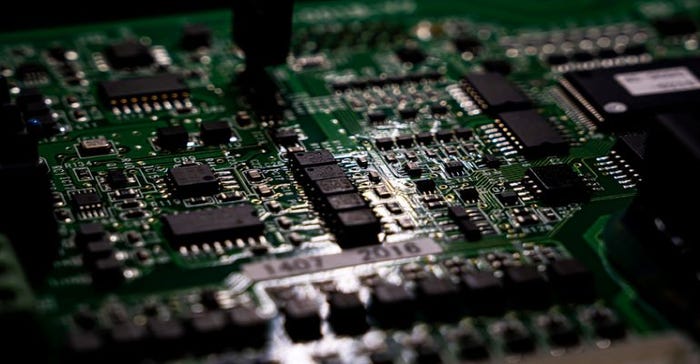This video explains how Moore’s Law has been and continues to be an important barometer for the electronics industry, but suggests that future technology leaps will likely come from elsewhere.
When Intel's late co-founder Gordon Moore wrote an article for Electronics magazine in April 1965, little did the electronics industry know that Moore’s statement, which originally postulated a doubling of transistor density every year (later modified to every two years), would become the mantra of chip development for many years. But thanks to process and technology developments, Moore’s Law has held true for decades, with exponential shrinkage in chip size producing dramatic improvements in chip performance.
A YouTube video by CuriousReason three years ago, titled “Moore’s Law-Explained!” examines the history of Moore’s Law and explains how the dramatic improvements in chip density have made possible the development of smaller, more powerful electronics.
The video also points out that Moore himself predicted that the laws of physics would eventually make it more difficult for the semiconductor industry to keep with up with Moore’s Law, though improvements in areas such as materials can stretch the limits of current technologies.

The video asserts that major future improvements in processing power will not come from stretching the limits of Moore’s Law. Instead, fundamentally new ideas for computing are needed, and they will emerge in areas such as quantum computing and neuromorphic computing.
The video’s premise is so far holding true, as next-generation quantum computing has become a major thrust for companies such as Intel and AMD. And, neuromorphic computing hardware and software for artificial intelligence and machine learning is the hot topic at industry shows and conferences.
About the Author(s)
You May Also Like





